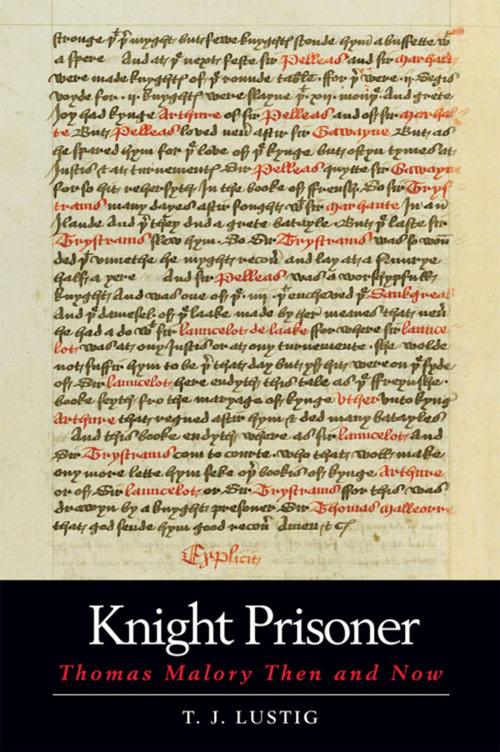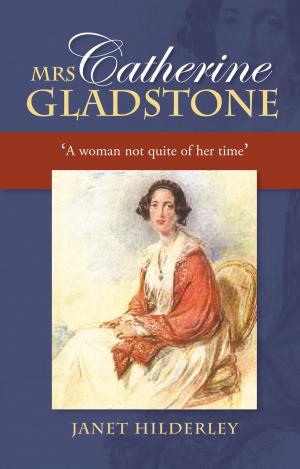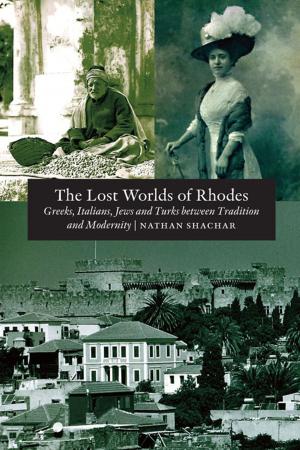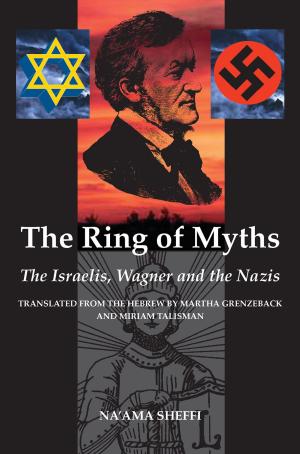Knight Prisoner
Thomas Malory Then and Now
Fiction & Literature, Literary Theory & Criticism, British, Nonfiction, History| Author: | T. J. Lustig | ISBN: | 9781782841180 |
| Publisher: | Sussex Academic Press | Publication: | November 1, 2013 |
| Imprint: | Sussex Academic Press | Language: | English |
| Author: | T. J. Lustig |
| ISBN: | 9781782841180 |
| Publisher: | Sussex Academic Press |
| Publication: | November 1, 2013 |
| Imprint: | Sussex Academic Press |
| Language: | English |
Going on a quest of Thomas Malory and of the meaning of his classic Le Morte d’Arthur, this work addresses the text’s central preoccupations—violence, desire, and the nature of Englishness—by asking such questions as Who was Malory? Why did successive authorities want to lock him up? How did he come to write the Le Morte d’Arthur*?* and Why has that text been so persistent a presence in English culture? The book places Malory in his social context, at a time of unprecedented national and regional unrest, and author T. J. Lustig traces the connections between writers and commentators—from Tennyson to T. S. Eliot—who have been fascinated by Malory’s work. Noting that Le Morte d’Arthur was one of the last great literary works of the Middle Ages, this work also discusses how it was also one of the first to articulate a distinctively modern set of concerns, particularly with the nature of identity, both personal and national, and as such, Knight Prisoner: Thomas Malory Then and Now will send readers back to Malory’s work with renewed enjoyment and understanding.
Going on a quest of Thomas Malory and of the meaning of his classic Le Morte d’Arthur, this work addresses the text’s central preoccupations—violence, desire, and the nature of Englishness—by asking such questions as Who was Malory? Why did successive authorities want to lock him up? How did he come to write the Le Morte d’Arthur*?* and Why has that text been so persistent a presence in English culture? The book places Malory in his social context, at a time of unprecedented national and regional unrest, and author T. J. Lustig traces the connections between writers and commentators—from Tennyson to T. S. Eliot—who have been fascinated by Malory’s work. Noting that Le Morte d’Arthur was one of the last great literary works of the Middle Ages, this work also discusses how it was also one of the first to articulate a distinctively modern set of concerns, particularly with the nature of identity, both personal and national, and as such, Knight Prisoner: Thomas Malory Then and Now will send readers back to Malory’s work with renewed enjoyment and understanding.















